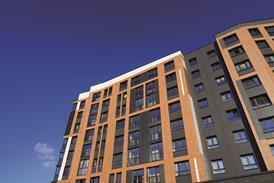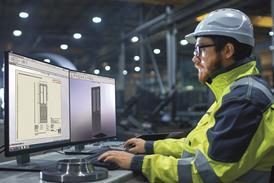- News

All the latest updates on building safety reformRegulations latest
- Focus
Close menu
- Home
- News
- Focus
- Comment
- Events
- CPD
- Building the Future
- Jobs
- Data
- Subscribe
- Building Boardroom
Market forecast: Credit crunch ahead
By Peter Fordham of David Langdon and Peter Fordham of David Langdon Peter Fordham of David Langdon2007-11-02T00:00:00
Full order books mean the industry is likely to remain busy into 2008 but the impact of the credit crunch on new developments remains to be seen
This is PREMIUM content
available to Building Boardroom and Building subscribers only
You are not currently logged in. Building Boardroom Members and Subscribers may LOGIN here.
Become a Building Boardroom Member

to read this report now, plus have unlimited access to:
- Exclusive research and client insight to support your strategic planning
- Benchmark reports, and proven tools to aid your business development
- Attend bespoke community events…plus much more
Alternatively…
Become a Building subscriber
to gain access to building.co.uk for the latest news, expert analysis & comment from industry leaders, plus data and research.
Already a Boardroom member? Log in here.

















